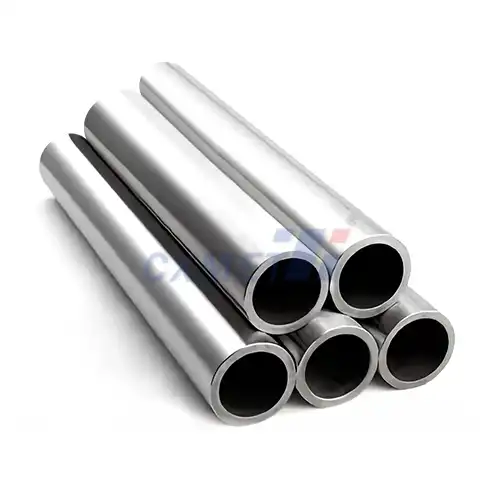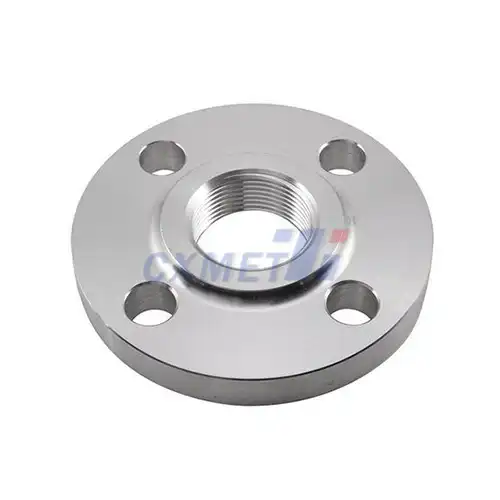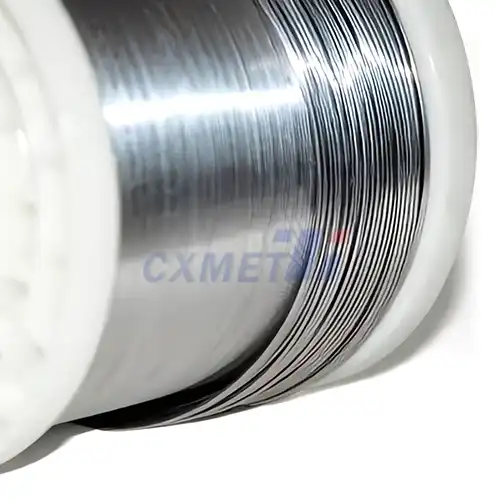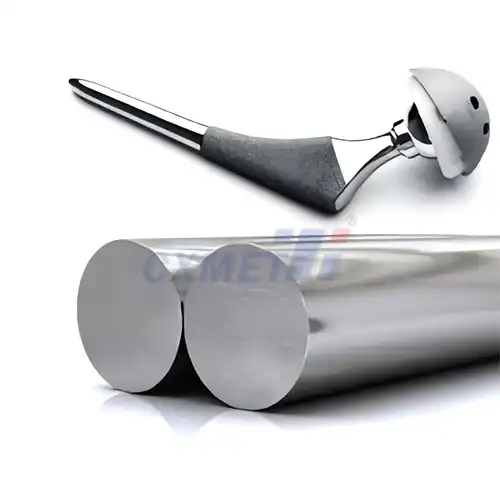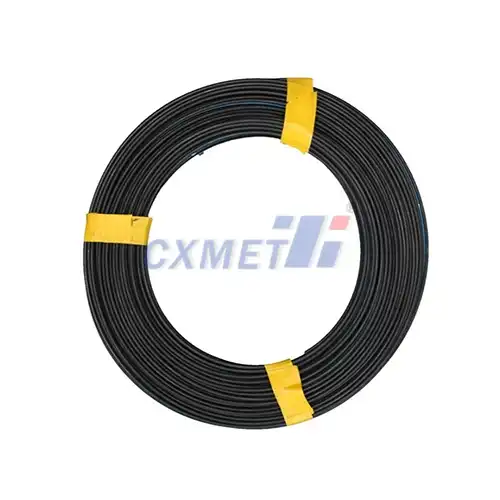- English
- French
- German
- Portuguese
- Spanish
- Russian
- Japanese
- Korean
- Arabic
- Greek
- German
- Turkish
- Italian
- Danish
- Romanian
- Indonesian
- Czech
- Afrikaans
- Swedish
- Polish
- Basque
- Catalan
- Esperanto
- Hindi
- Lao
- Albanian
- Amharic
- Armenian
- Azerbaijani
- Belarusian
- Bengali
- Bosnian
- Bulgarian
- Cebuano
- Chichewa
- Corsican
- Croatian
- Dutch
- Estonian
- Filipino
- Finnish
- Frisian
- Galician
- Georgian
- Gujarati
- Haitian
- Hausa
- Hawaiian
- Hebrew
- Hmong
- Hungarian
- Icelandic
- Igbo
- Javanese
- Kannada
- Kazakh
- Khmer
- Kurdish
- Kyrgyz
- Latin
- Latvian
- Lithuanian
- Luxembou..
- Macedonian
- Malagasy
- Malay
- Malayalam
- Maltese
- Maori
- Marathi
- Mongolian
- Burmese
- Nepali
- Norwegian
- Pashto
- Persian
- Punjabi
- Serbian
- Sesotho
- Sinhala
- Slovak
- Slovenian
- Somali
- Samoan
- Scots Gaelic
- Shona
- Sindhi
- Sundanese
- Swahili
- Tajik
- Tamil
- Telugu
- Thai
- Ukrainian
- Urdu
- Uzbek
- Vietnamese
- Welsh
- Xhosa
- Yiddish
- Yoruba
- Zulu
What Conditions are Treated with a Dia 10mm Titanium Rod in Medical Procedures?
2025-04-10 15:53:42
Dia 10mm Titanium Rod In Medical is versatile medical devices used in various orthopedic procedures to treat a range of conditions affecting the skeletal system. These rods, known for their strength, biocompatibility, and durability, play a crucial role in stabilizing and supporting bones during the healing process. In this comprehensive blog post, we'll explore the specific conditions that are commonly treated using Dia 10mm titanium rods and delve into the intricacies of these medical procedures.
|
|
|
How are Dia 10mm Titanium Rods used in spinal fusion surgery?
Spinal fusion surgery is one of the primary procedures where Dia 10mm titanium rods are extensively utilized. This surgical intervention aims to join or fuse two or more vertebrae in the spine, effectively eliminating motion between them. The procedure is typically recommended for patients suffering from various spinal conditions that cause instability, pain, or neurological symptoms.
In spinal fusion surgery, the 10mm titanium rods serve as a critical component of the instrumentation system. They are carefully placed along the spine, running parallel to the vertebral column. These rods act as a scaffold, providing the necessary support and stability to the affected spinal segments during the fusion process. The rods are secured to the vertebrae using specialized screws, hooks, or other fixation devices, creating a rigid construct that immobilizes the targeted area.
The conditions treated with spinal fusion using Dia 10mm Titanium Rod In Medical include:
- Degenerative disc disease: As intervertebral discs deteriorate over time, they can lead to chronic back pain and instability. Spinal fusion with titanium rods can help stabilize the affected segments and alleviate pain.
- Spondylolisthesis: This condition occurs when one vertebra slips forward over the one below it, causing pain and potentially compressing nerve roots. Fusion surgery using titanium rods can correct the alignment and prevent further slippage.
- Spinal stenosis: Narrowing of the spinal canal can put pressure on the spinal cord and nerves. In severe cases, decompression surgery followed by fusion with titanium rods may be necessary to maintain spinal stability.
- Scoliosis: For patients with severe spinal curvature, especially in adolescents or adults with progressive deformity, spinal fusion using titanium rods can help correct the curve and prevent further progression.
- Spinal fractures: In cases of traumatic spinal injuries or vertebral fractures due to osteoporosis, titanium rods can be used to stabilize the spine and promote proper healing.
The use of Dia 10mm titanium rods in spinal fusion surgery offers several advantages. Their strength and rigidity provide excellent stability, allowing for proper alignment of the spine during the fusion process. Additionally, titanium's biocompatibility reduces the risk of adverse reactions and promotes better integration with the surrounding tissues. The 10mm diameter of these rods strikes a balance between strength and flexibility, making them suitable for various spinal regions and patient anatomies.
What are the benefits of using Dia 10mm Titanium Rods in long bone fracture repair?
Long bone fractures, particularly those affecting the femur, tibia, and humerus, often require surgical intervention to ensure proper healing and restoration of function. Dia 10mm titanium rods play a significant role in the treatment of these fractures, offering numerous benefits over traditional fixation methods.
Intramedullary nailing, a surgical technique that involves inserting a rod through the center of the bone, is one of the most common applications of Dia 10mm titanium rods in long bone fracture repair. This procedure offers several advantages:
- Improved stability: The 10mm diameter of the titanium rod provides excellent mechanical support to the fractured bone, allowing for early weight-bearing and mobilization. This stability is crucial for promoting proper bone alignment and preventing malunion or non-union of the fracture.
- Minimally invasive approach: Compared to plate fixation, intramedullary nailing with titanium rods typically requires smaller incisions. This minimally invasive approach results in less soft tissue damage, reduced blood loss, and potentially faster recovery times for patients.
- Load-sharing capabilities: Titanium rods act as internal splints, sharing the load with the healing bone. This load-sharing property helps stimulate bone growth and remodeling, promoting faster and more robust healing.
- Reduced risk of infection: The smaller incisions and minimal soft tissue dissection associated with intramedullary nailing using titanium rods can lead to a lower risk of postoperative infections compared to other fixation methods.
- Versatility: Dia 10mm Titanium Rod In Medical can be used to treat various types of long bone fractures, including simple transverse fractures, comminuted fractures, and even some pathological fractures associated with bone tumors or metastases.
- Durability: Titanium's corrosion resistance and strength ensure that the rod can withstand the stresses of daily activities and remain in place for extended periods, if necessary, without degradation.
- Compatibility with imaging: Unlike stainless steel implants, titanium rods produce minimal artifacts on CT and MRI scans, allowing for better postoperative imaging and follow-up.
The benefits of using Dia 10mm titanium rods in long bone fracture repair extend beyond the immediate postoperative period. Patients often experience improved functional outcomes, earlier return to activities, and reduced complications compared to traditional fixation methods. The rod's diameter and material properties make it particularly suitable for weight-bearing bones, providing the necessary support while allowing for natural bone healing processes to occur.
How do Dia 10mm Titanium Rods contribute to the treatment of complex pelvic fractures?
Complex pelvic fractures present significant challenges in orthopedic trauma surgery due to the pelvis's intricate anatomy and its role in weight-bearing and mobility. Dia 10mm titanium rods have emerged as valuable tools in the management of these complex injuries, offering surgeons additional options for stabilization and reconstruction.
In the treatment of complex pelvic fractures, Dia 10mm titanium rods contribute in several ways:
- Posterior pelvic ring stabilization: For fractures involving the posterior pelvic ring, such as sacroiliac joint disruptions or sacral fractures, titanium rods can be used in conjunction with iliosacral screws or transiliac bars to provide robust fixation. The rods help distribute forces across the construct, enhancing overall stability.
- Ilioiliac fixation: In cases of bilateral pelvic ring injuries or vertically unstable fractures, Dia 10mm Titanium Rod In Medical can be used to create a customized ilioiliac fixation. This technique involves placing the rod between the iliac crests, effectively "tying" the two halves of the pelvis together and restoring pelvic ring continuity.
- Spinopelvic fixation: For fractures involving both the pelvis and the lower spine (lumbopelvic dissociation), titanium rods can be used to create a bridge between the lumbar spine and the pelvis. This spinopelvic fixation provides stability to both regions and allows for early mobilization.
- Customizable constructs: The malleability of titanium allows surgeons to contour the 10mm rods to match the patient's unique pelvic anatomy. This customization ensures optimal fit and alignment, crucial for restoring pelvic symmetry and function.
- Minimally invasive options: In some cases, percutaneous insertion of titanium rods can be employed, reducing soft tissue trauma and potentially speeding up recovery times.
- Long-term stability: The durability and corrosion resistance of titanium make these rods suitable for long-term implantation, which may be necessary in complex pelvic fractures that require extended healing times.
The use of Dia 10mm titanium rods in complex pelvic fractures offers several advantages over traditional plating techniques. The rods provide superior biomechanical stability, especially in areas subject to high loads or in patients with poor bone quality. Their versatility allows for a wide range of fixation configurations, enabling surgeons to address various fracture patterns and patient-specific anatomical considerations.
Moreover, the biocompatibility of titanium reduces the risk of adverse tissue reactions and promotes better integration with the surrounding bone. This is particularly important in the pelvic region, where proximity to vital structures and the potential for complications necessitate materials that minimize the risk of long-term issues.
In conclusion, Dia 10mm Titanium Rod In Medical have revolutionized the treatment of various orthopedic conditions, from spinal disorders to complex long bone and pelvic fractures. Their unique properties, including strength, biocompatibility, and versatility, make them invaluable tools in modern orthopedic surgery. As medical technology continues to advance, it is likely that the applications of these titanium rods will expand further, offering improved outcomes and quality of life for patients suffering from a wide range of musculoskeletal conditions.
At SHAANXI CXMET TECHNOLOGY CO., LTD, we take pride in our extensive product range, which caters to diverse customer needs. Our company is equipped with outstanding production and processing capabilities, ensuring the high quality and precision of our products. We are committed to innovation and continuously strive to develop new products, keeping us at the forefront of our industry. With leading technological development capabilities, we are able to adapt and evolve in a rapidly changing market. Furthermore, we offer customized solutions to meet the specific requirements of our clients. If you are interested in our products or wish to learn more about the intricate details of our offerings, please do not hesitate to contact us at sales@cxmet.com. Our team is always ready to assist you.
|
|
|
References
1. Vaccaro, A. R., Oner, C., Kepler, C. K., et al. (2013). AOSpine thoracolumbar spine injury classification system: fracture description, neurological status, and key modifiers. Spine, 38(23), 2028-2037.
2. Lehman, R. A., Kang, D. G., Wagner, S. C. (2015). Management of osteoporotic vertebral compression fractures. Journal of the American Academy of Orthopaedic Surgeons, 23(4), 253-260.
3. Krieg, J. C., Mirza, A. J., Marks, R. M. (2018). Intramedullary nailing of tibial shaft fractures: current concepts and techniques. JBJS Essential Surgical Techniques, 8(1), e10.
4. Tile, M., Helfet, D. L., Kellam, J. F., Vrahas, M. (2015). Fractures of the Pelvis and Acetabulum: Principles and Methods of Management. Thieme.
5. Kanakaris, N. K., Angoules, A. G., Nikolaou, V. S., Kontakis, G., Giannoudis, P. V. (2009). Treatment and outcomes of pelvic malunions and nonunions: a systematic review. Clinical Orthopaedics and Related Research, 467(8), 2112-2124.
6. Wilber, J. H., Thompson, R. C. (2005). The use of titanium in orthopedic surgery. Clinical Orthopaedics and Related Research, 435, 86-87.




